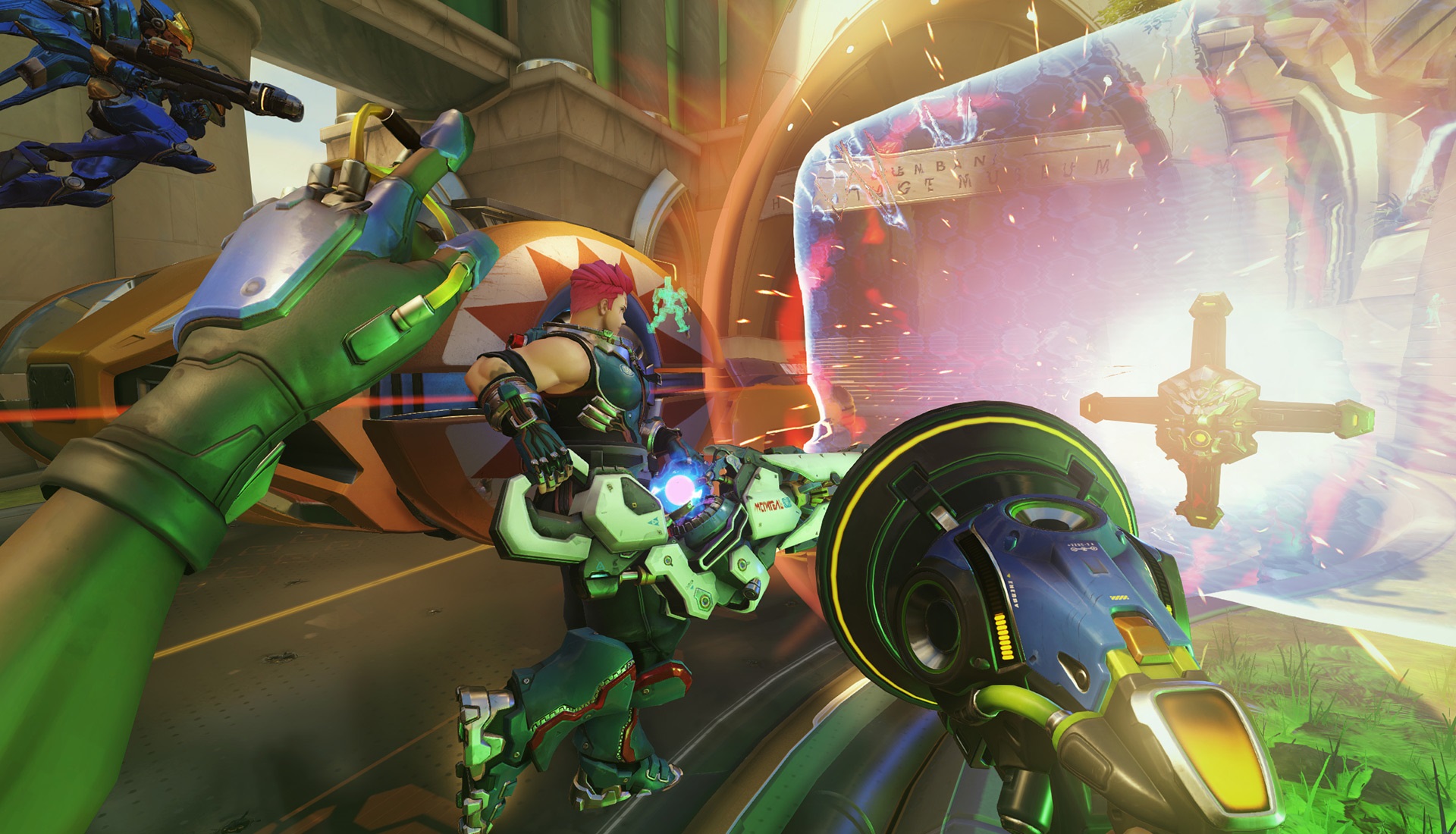In case anyone reading this has been living under a rock, Blizzard’s Overwatch has been publicly available for three weeks now. This review is more than a little late, mostly because of Computex 2016; but also because I couldn’t figure out why such an overpriced game makes me so happy.
Graphics
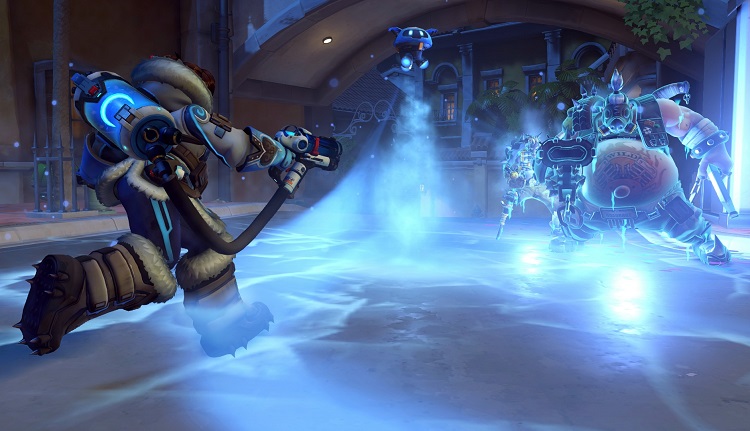
The first thing to note about Overwatch is that it strays far from the gritty look adopted by so many first person shooters. The comparisons to Team Fortress 2 really begin here, with the cartoonish look and proportions of the characters. Everything in the world is bright and colourful, almost looking like an ultra-violent Pixar movie.
Eschewing the need to be photorealistic has the added benefit of reducing the hardware requirements needed to run Overwatch. The game is perfectly playable on two year-old laptops with underpowered GPUs, although it will be limited to 30 fps. Some might believe that 30 fps is a little too slow to play a fast paced shooter; but it seems that Blizzard has implemented some interesting game design decisions to allow casual gamers with lesser machines to remain competitive.
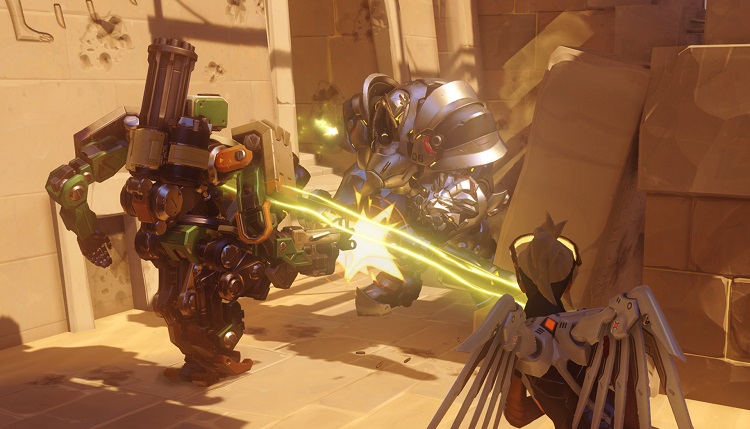
Also important is the character design, which makes each character instantly recognisable from their silhouette alone. It provides for instant visual cues during the heat of battle, but also makes it easier to identify enemies when using abilities to see through walls.
Story
Overwatch as a whole is set in an incredibly rich and vibrant world. While some of the characters are obvious clichés, none of the personalities feel tired or overused. Quirks are revealed at the beginning of each round, with characters talking with each other. These short snippets give each archetype a little extra depth and provide some insight into their relationship with each other. Whether it’s Genji chastising Hanzo for his choices in life or Reinhardt declaring his love for David Hasselhoff’s music, there is plenty of story to explore.

Unfortunately, a large portion of this story is told in the form of short animations and comics outside of the game. This lack of in-game story is where Overwatch feels incomplete as a game. Blizzard obviously has a lot to say about the world, but has chosen to leave it out of the final product.
It was nice to have some backstory from the animations, but there really should have been more content included with a game that retails for $40 on the PC and $60 for consoles. Electronic Arts and DICE were heavily criticised for releasing Star Wars Battlefront without a story mode campaign, and yet Blizzard seems to have gotten away with it.
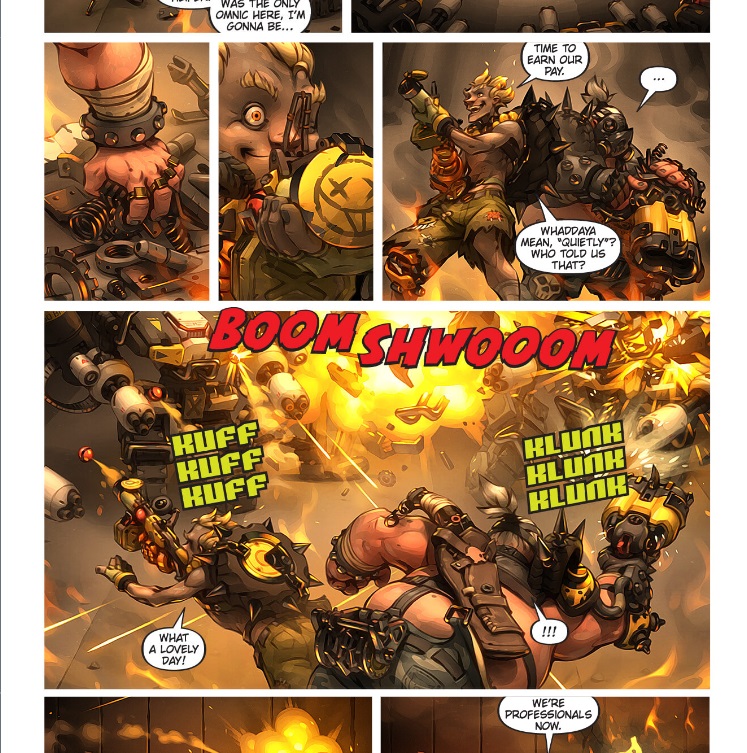
That being said, the promotional stories put out by Blizzard probably softened the blow of not having a story driven campaign. I can honestly say that the Junkrat and Road Hog story was one of the most fun comics I’ve read in a while.
Gameplay
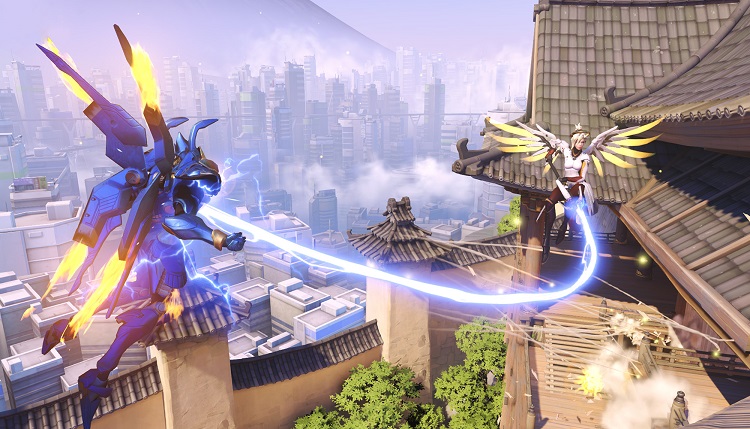
Prepare for more Team Fortress 2 comparisons, because there relly are a lot of ideas borrowed from Valve’s team based shooter in Overwatch. There are three game modes: Assault, Escort, and Control. Assault requires one team to attack and capture a pair of objectives, while Escort was lifted directly from TF2 and has one team escorting a payload to the end of the map. Control is just another name for capture the flag. A fourth game mode combines Assault and Escort into a single map. The limited number of modes is especially noticeable as each map only supports one type of mode.
Despite this limited number of modes and maps, Overwatch feels like a very dynamic game. The 21 characters released at launch each fill one of four predefined roles, but they are also designed to act as a hard counter for other characters. Keeping things moving is the ability to switch characters at any moment, allowing teams to fluidly adapt to their opponents. Of course, this doesn’t always happen when playing with strangers.
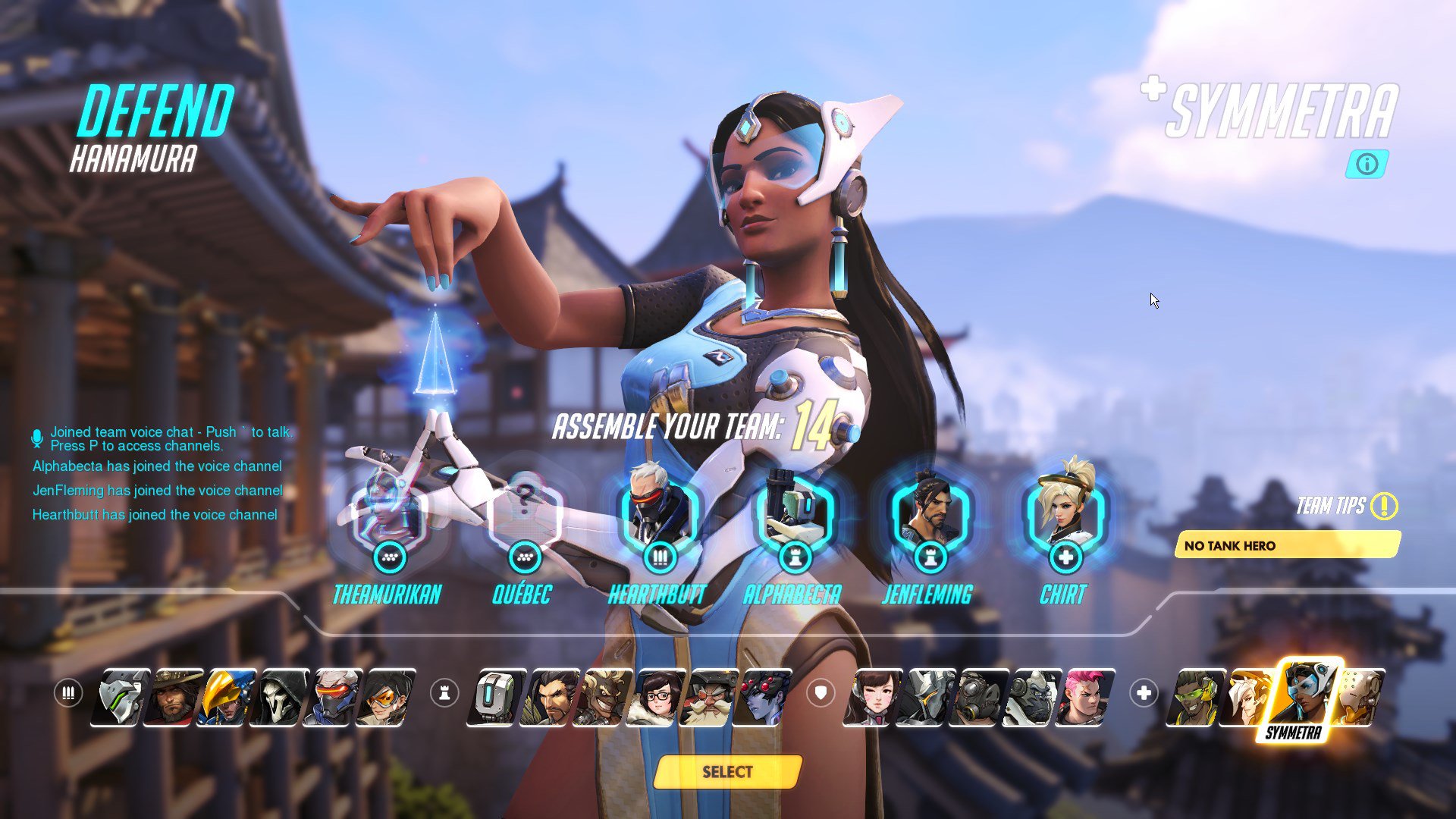
The maps are also designed to work with constantly changing teams. Attackers playing on Watchpoint Gibraltar benefit from fast, aggressive characters at the start to break out; but later require a team with more tanks at the end of the escort mission. This ability to adapt to the enemy is what makes Overwatch such an enjoyable game. I have witnessed matches swing simply because a single player switched from a fast harasser to a healer. Or from a healer to a sniper for that matter.
That being said, the hitboxes for ranged weapons are huge. It is incredibly easy to shoot someone in the head, even while they are hidden behind a wall. This feels like an unusual design choice from Blizzard, but it does make the game substantially more beginner friendly. If there was any doubt that Overwatch was designed for the casual crowd, this would be it.
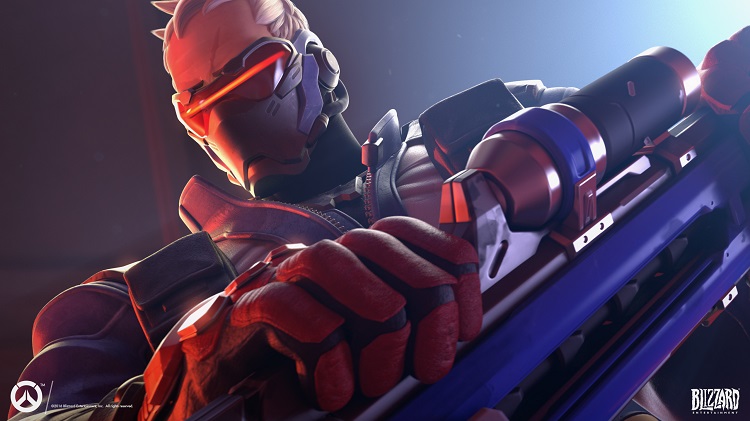
The only thing missing from Overwatch at this point is a ranked play system, which is extremely unusual for a shooter. Interestingly, this is not the first time that Blizzard has launched a game without ranked play at the beginning. Heroes of the Storm was another game that only gained ranked play months after its initial launch. The difference here is that HotS is a free to play title while people are expected to pay full price for Overwatch.
Ranked play is being introduced at some point this year. The Overwatch team says it will be ready by the end of June, although that could potentially be subject to delays.
Micro-Transactions
The good news is that there is currently no paid DLC for Overwatch, and Blizzard has promised that there will be future map and characters released for free. The downside is that micro-transactions are still present in Overwatch.
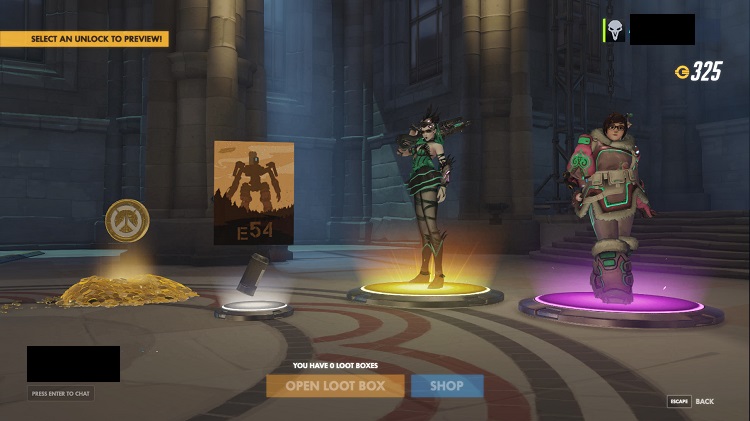
Players are able to buy loot boxes that contain random collections of voice clips, victory poses, sprays, and skins. The random part of the deal makes this feel very much like buying card packs from Hearthstone. Except that the loot is completely cosmetic and doesn’t affect gameplay at all. And loot boxes can be earned through regular gameplay; provided the player has the patience to wait.
There is no real excuse for micro-transactions in a full price game; especially when they include random drops. On the other hand, I am not the kind to indulge in alternate skins or collecting everything. Which means I have happily ignored this aspect of the game; and it has not diminished my enjoyment.
Conclusion
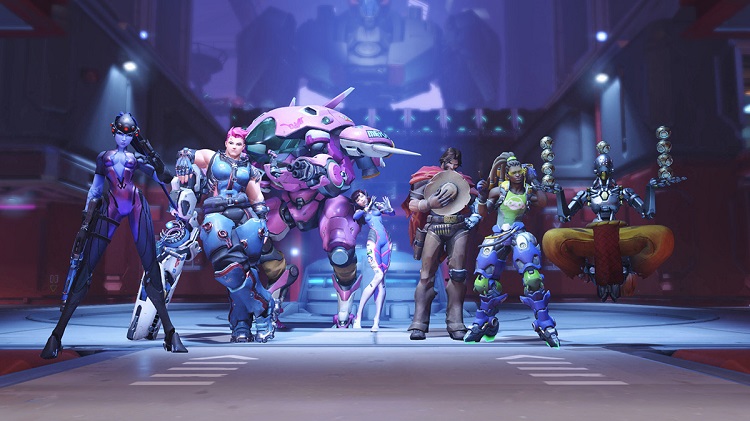
Overwatch is the first new IP from Blizzard in a ridiculously long time. It is also the most fun I’ve had in a shooter since Half-Life deathmatch back in school. Sure, it doesn’t actually introduce many new ideas to the team shooter genre – but it does blend them together to produce a highly entertaining experience.
The current lack of content is a strike against the asking price, but that hasn’t stopped many people from picking it up. To be honest, this feels like a game that will get better as more things are added over time. With future maps and characters being released for free, we can be assured that the initial $40 spent on the PC version will eventually be worth it.
Follow us on Instagram, Facebook, Twitter or Telegram for more updates and breaking news.


